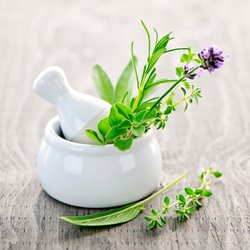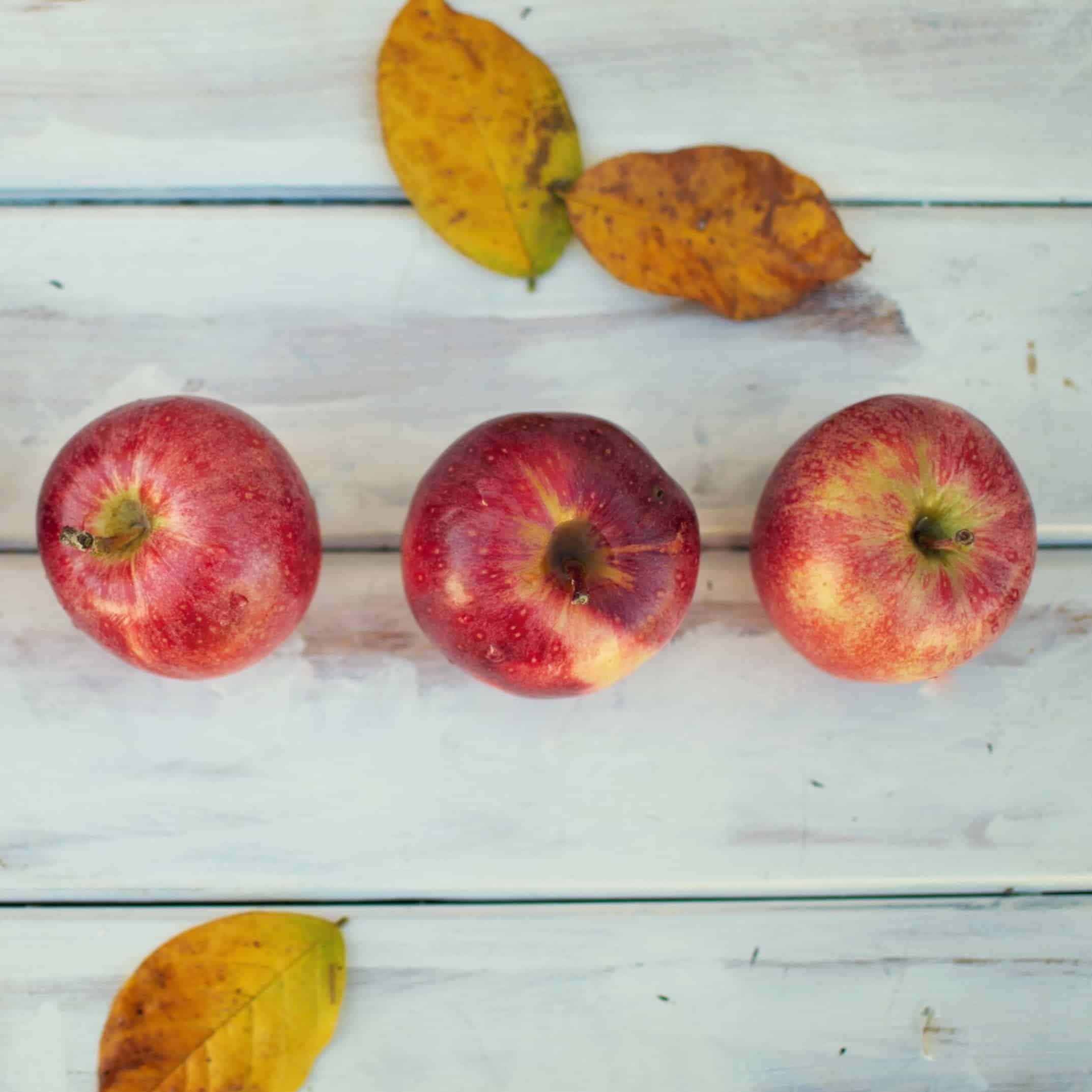SPRING Into Spring With Ayurveda

A (Very Brief) Summary of Ayurveda…
Ayurveda is the ancient Vedic healing tradition concerned with achieving holistic balance. The world is viewed through the lens of three types of energies, comprised of different combinations of five elements: air, ether, earth, water, and fire. Vata is a combination of air and ether, and is characterized by lightness, dryness, and cold. Pitta is the combination of fire and water, characterized by sharpness, oil or liquid, and heat. Kapha‘s combined elements are earth and water, and is characterized by density, softness, wetness, coolness and slowness. Each individual is comprised of their own unique composition of these elements, which combine to create their “dosha,” or personal constitution.
When you experience unrest or disease, Ayurveda looks to imbalances in the body’s natural state, and seeks to remove any external unbalancing forces. When that is not sufficient or possible, opposites are relied on as medicine. In Ayurveda, “like increases like,” so when there is an excess of certain energies, their opposite energies are used to return to equilibrium. For example, if someone has excess fire energy, or pitta, this may manifest as inflammation in the body (such as rashes) or the mind (anger). Eating hot, spicy foods or continuing to focus on feelings of frustration would continue to throw the individual out of balance. On the other hand, cooling practices, such as ingesting cooling herbs or foods, or practicing calming meditations, would help restore the body and mind to a state of balance.
You can find quizzes online that help you get a sense of your personal constitution and where you may currently have imbalances (I personally like Banyan Botanicals’ “Determine Your Constitution” and “Determine Imbalances” quizzes, found at https://www.banyanbotanicals.com/info/prakriti-quiz and http://www.banyanbotanicals.com/info/vikriti-quiz respectively). You can also seek out a trained Ayurvedic practitioner if you are interested in going into even more depth.
Spring and Ayurveda
You may now have guessed why seasonal transitions are considered so pivotal in Ayurveda. Since external factors influence our internal balance, changing environmental elements can throw off our personal energies. For example, if you noticed that your skin gets dry in winter (a season that, in our cold and dry climate, is characterized by increased vata), the added vata energy in our environment explains why we may become dry as well.
Spring is a season of predominantly kapha energy, which makes sense when you think about how much happens with the elements of earth and water in spring: lots of rain falls to foster the growth of new plant life. However, consider the type of spring that is typical for our climate; at first, our spring season is similar to winter, but near its end we can start experiencing weather much more similar to summer. This means that your routine for balancing your constitution in spring is going to require some fluidity (…remember the “fluid” nature of kapha? Not a coincidence). Listening to your body and paying attention to the various fluctuations will help you bring balance to your daily life.
Here are some Ayurvedic recommendations for springtime:
- 1. A cleansing pranayama practice, such as kapalabhati breath.
- 2. Eating lighter, drier, and (as the temperatures rise) cooler foods, as a way to balance the wetness and heaviness of the season.
- 3. Make time to exercise (also important for combating spring’s heaviness).
- 4. Be playful! Find ways to add play to your days.
- 5. Work on respectfully expanding your yoga practice, gently moving forward to new growth.
- 6. Heart openers are great to practice this season – you may even want to consider placing a bolster under your back during savasana to get even more heart-opening benefits.
- 7. Lastly, Ayurveda denotes spring as a time for detoxification, so now is an excellent time to try one of the Village Juicery products we carry next time you swing by the studio!
Happy Springing, Yogis!
Information from this article was summarized from http://www.banyanbotanicals.com/.


